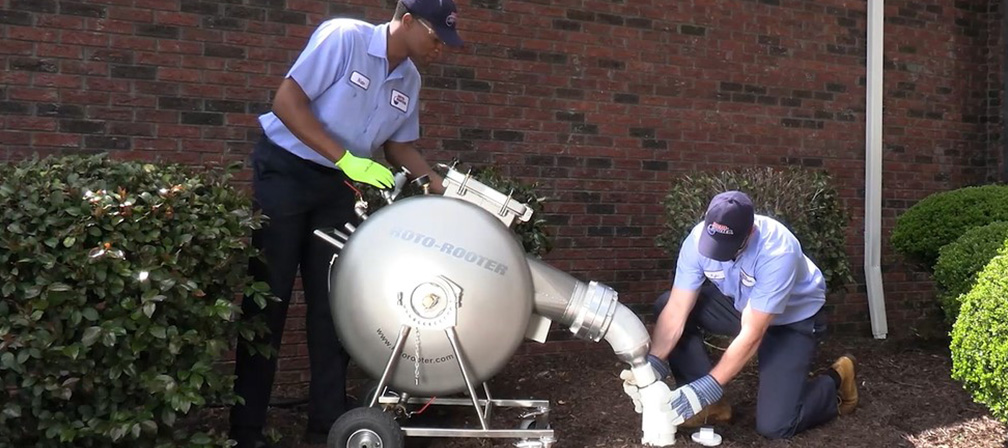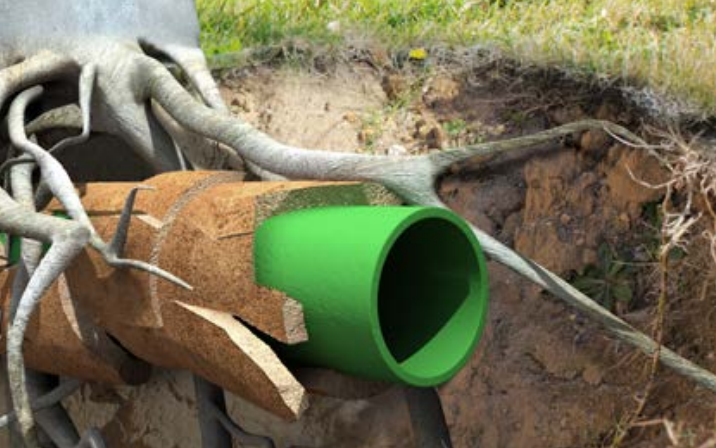

LEAVE PLUMBING TO THE PROS
BECAUSE WITH ROTO-ROOTER, YOU GET MORE THAN A GUARANTEE.
- REPUTATION
Highly-trained professionals since 1935. A job done right by the original experts.
- TRANSPARENCY
Free onsite estimates. No hidden or extra charges for plumbing or drain service on holidays, nights, and weekends.
- EFFICIENCY
Same-day and emergency service 365 days a year.
- QUALITY
Full-service plumbing, drain cleaning, and water cleanup – using state-of-the-art diagnostics and equipment.
- FINANCING
Get it fixed today and take time to pay. Special financing options available.


